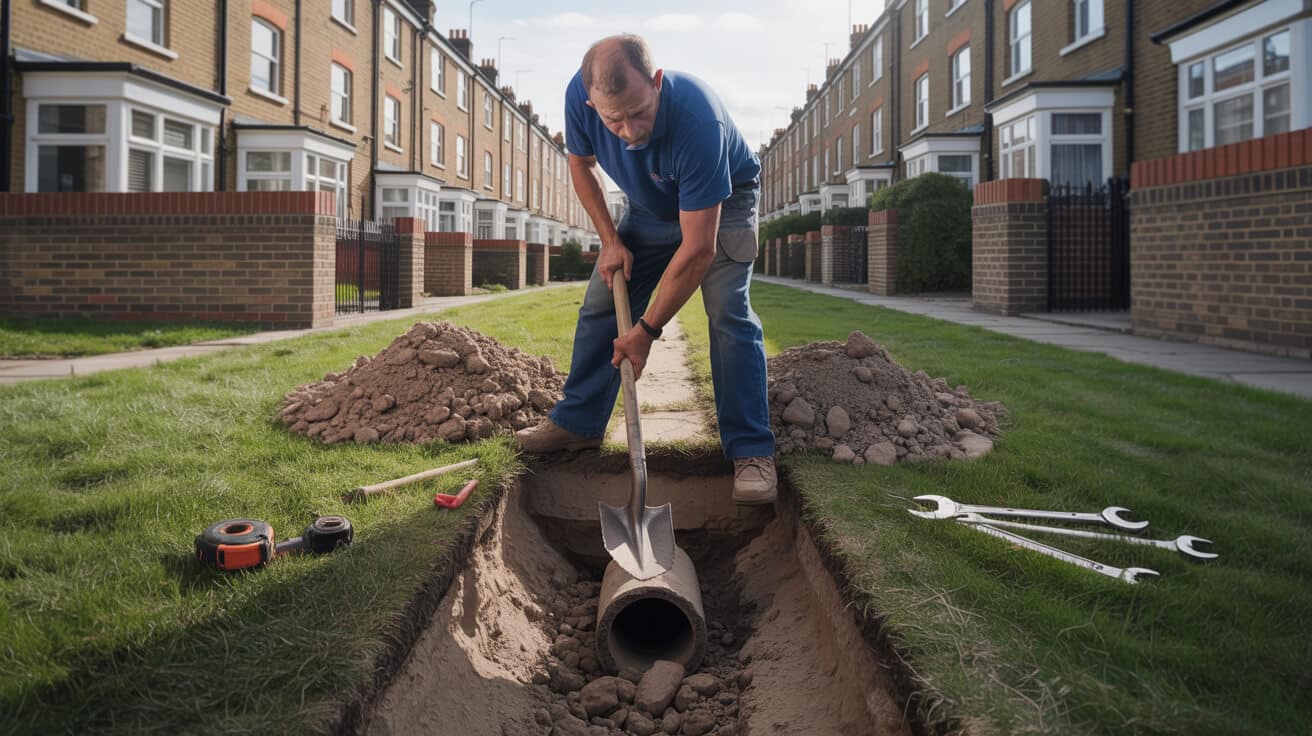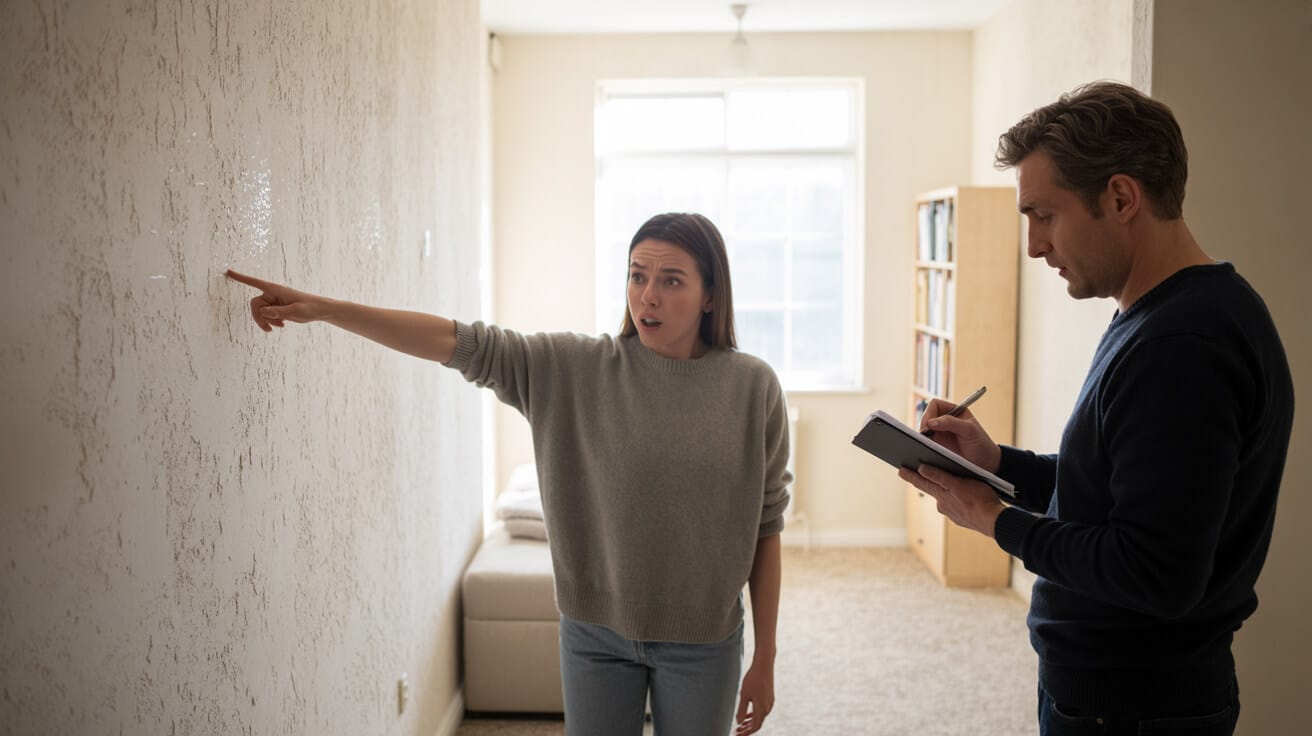 Heat Pump VS Boiler – Which Is Right for Your Home
Heat Pump VS Boiler – Which Is Right for Your Home

Is a Heat Pump or Boiler Genuinely Better for Your Home—Or Is That the Wrong Question?
Home heating is at a crossroads. Energy bills are rising fast, property regulations keep tightening, and landlords, homeowners, and commercial managers face more pressure than ever to make the right upgrade. Underneath the buzz about heat pumps and the loyalty to boilers, you’re probably asking: “Do I cut to a future-ready heat pump, invest in a new boiler, or just hold tight?” That’s not just a technical decision—it’s a move that defines costs, legal risk, and how tenants or families experience winter comfort for years.
The smartest upgrade fits your home’s bones now, and won’t leave you regretting shortcuts or chasing trends once the rules shift again.
Here’s the truth: any good heating upgrade starts with your property—its pipework, fabric, radiators, history—and plans forward from there. Cookie-cutter answers don’t protect you from future compliance headaches or bill spikes. Plumbers 4U engineers, all WRAS-approved, G3-certified, and Gas Safe, cut through industry hype and look at what will really keep your property comfortable, legal, and marketable as standards tighten even more.
When you choose a system based solely on headlines, you risk overspending for features you don’t need, or worse, paying for savings that never appear. With Plumbers 4U, the journey isn’t about “which system is hot right now”—it’s about protecting your budget, your reputation, and the long-term asset value of your property.
What Actually Sets Heat Pumps Apart from Boilers in British Homes?
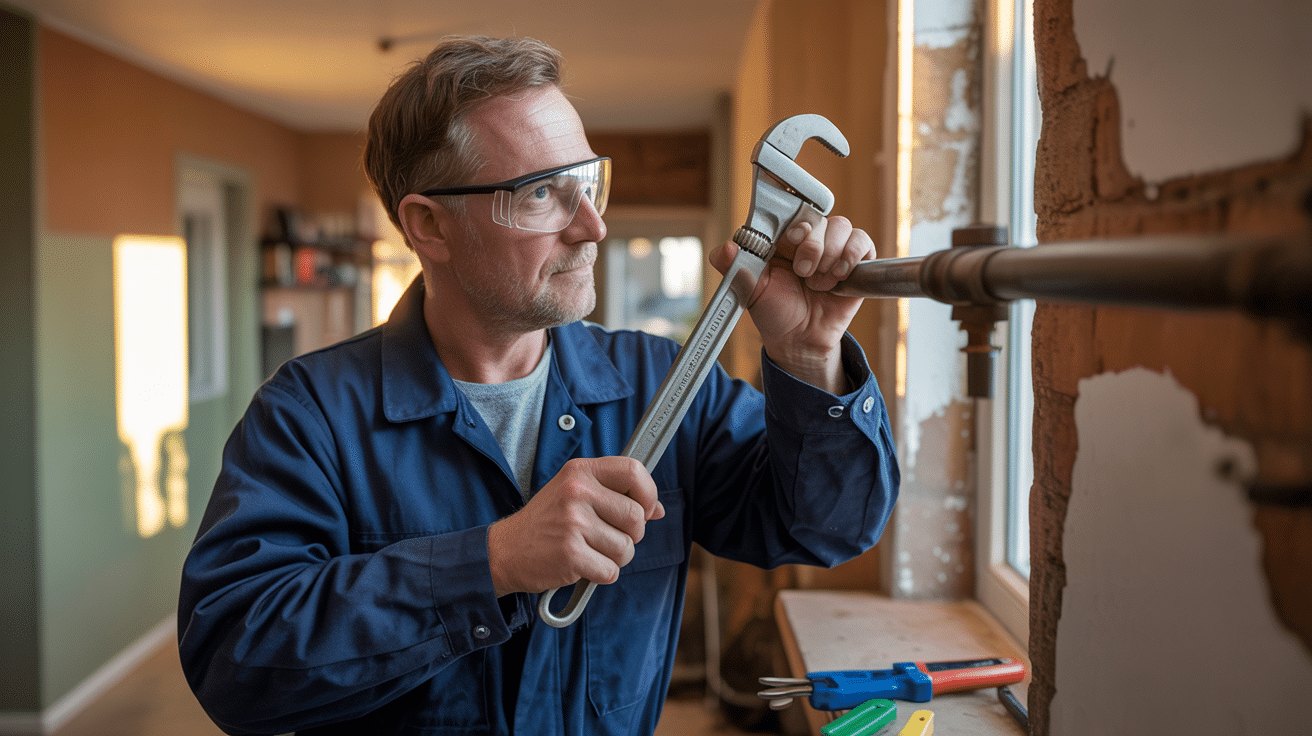
Both heat pumps and boilers will keep rooms warm and hot water flowing, but they work in fundamentally different ways. Understanding those core differences is what separates a smart upgrade from an expensive misstep.
A heat pump draws warmth from the air (air source) or earth (ground source), using electricity to amplify low-grade external heat. Installed by a skilled engineer in a well-insulated property, they can deliver three or four times more heat energy than the electricity they use—the “Coefficient of Performance” (COP) often landing between 2.8 and 4.2. The result? Lower running costs, especially if you have access to off-peak or flexible energy tariffs and excellent insulation.
But insulation and fit are everything. If your property has old, draughty walls, thin loft insulation, or radiators the size of a postage stamp (classic in many UK homes), the pump won’t hit its potential. That efficiency number is theoretical; in a leaky space, your bills could even go up.
It’s not the tech that saves you money, but how much of your heat stays in the house—bones before gadgets.
Boilers, on the other hand, burn gas, oil, or LPG on-site for high-temperature heat. They’re robust with legacy 15mm copper pipes, microbore runs, or locations where radiator upgrades are off the table. These systems forgive gaps in insulation but link your budget to fossil fuel volatility and stricter compliance rules (think the gas boiler bans for new builds after 2025, and retrofits from 2035).
A boiler’s biggest edge: it can work fast and flexibly, warming cold properties in half an hour—whereas heat pumps like steady, all-day “slow and low” heating and need beefed-up radiators or underfloor systems for best results.
When Does Each System Truly Perform—or Let You Down?
Where Heat Pumps Shine
- Homes with cavity or solid wall insulation and top-up loft insulation.
- Upgraded radiators or underfloor heating, sized to run efficiently at ~40°C flow temperatures (instead of 65–70°C typical for boilers).
- Occupancy patterns that match steady, programmable heating—ideal for families home all day or those who prefer “background” warmth over bursts.
Where Heat Pumps Stumble
- Properties with thin microbore pipework (8–10 mm), limiting flow and starving larger rooms of heat.
- Classic British homes with radiators or pipes sized solely for high-temperature boiler systems.
- older properties or converted buildings lacking a coherent “thermal shell.” Without insulation, even a heat pump’s best COP won’t protect against constant heat loss.
- Homes where the outdoor unit (especially for air-source systems) would violate planning or add unacceptable noise.
Where Boilers Remain King
- Where you need fast, intense heat for intermittent use (student lets, offices, rooms with a tendency to freeze).
- Upfront cost matters most—boilers are typically half or even a third the price of a comparable heat pump installation.
- When a full property rip-out to upgrade radiators, pipework, or insulation isn’t feasible.
Where Boilers Fall Short
- Exposure to fuel price swings and tightening carbon regulations: every new boiler locks you in to decades of policy and energy market risk.
- Shorter expected “allowed” lifespan in the UK’s shifting legal landscape—potentially facing bans or mandatory replacements.
Bottom Line: The system that matches your home’s bones, usage patterns, and legal horizon always wins—never the one pushed hardest by ads or grant headlines.
Is Your Home’s Fabric, Pipes, or Radiators Ready for a Heat Pump—Or Will You Burn Cash?
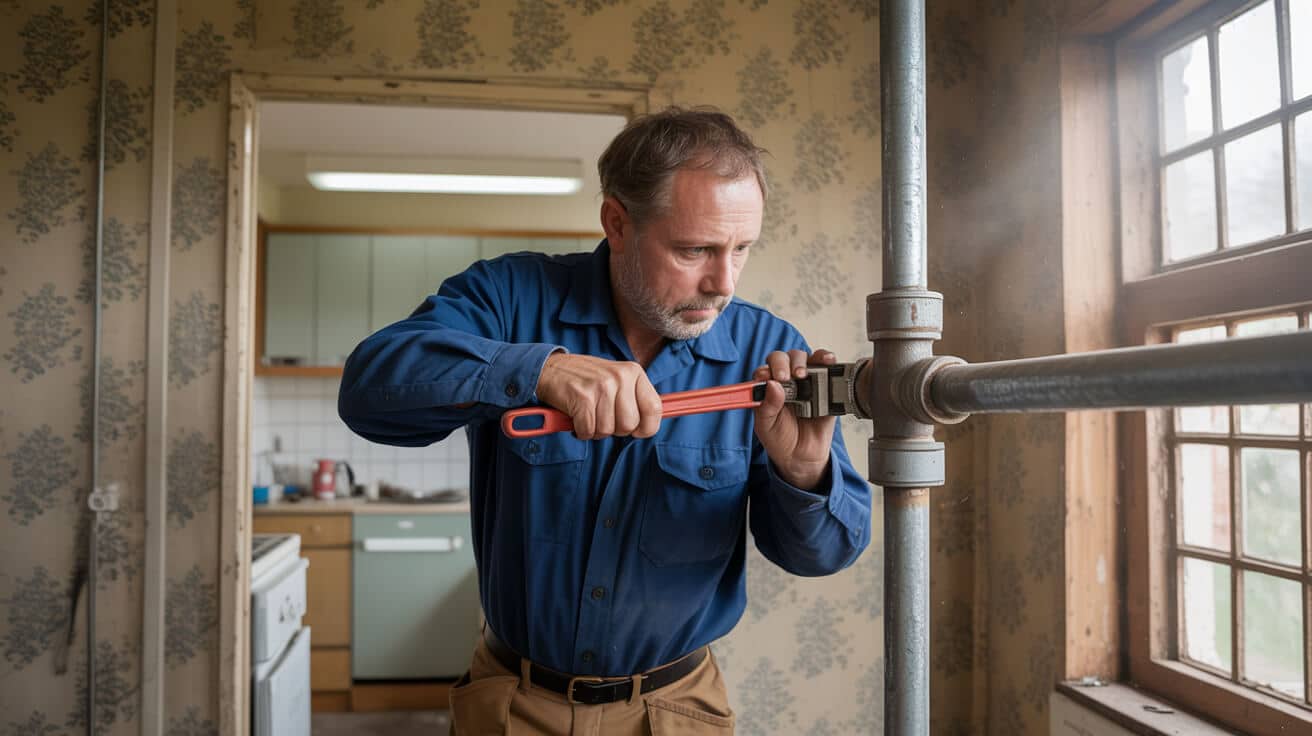
There is no true “plug-and-play” for heat pumps in British housing. Even new-builds must have their insulation, radiator, and electrical supply checked to avoid poor performance or unrealised cost savings.
Key Resistance Points:
- Pipes: Microbore (8–10mm) feeds can drastically restrict flow, leaving far rooms cold and heat pumps cycling inefficiently. Older properties, especially those retrofitted in the 1970s–2000s, are most affected.
- Radiators: If sized for 60–80°C boiler flows, your radiators could be undersized for a 40–45°C heat pump run. Result: chilly rooms or the need for much longer heating cycles.
- Insulation: Without a solid “thermal shell”—cavity fill, thick loft coverage, double/triple glazing, and solid wall treatment—the infamous COP advantage quickly erodes.
- Space: air source heat pumps need an outdoor unit with clear airflow, typically alongside a wall, not boxed in. In crowded terraces or flats, planning and acoustic limits can be a deal-breaker.
A system is only as efficient as its *weakest pipe or wall gap*—paper efficiency fails if the infrastructure doesn’t play along.
That’s why Plumbers 4U sends WRAS and G3-qualified engineers to survey, room by room, before quoting. Your survey isn’t just a tick sheet—it’s what stands between comfort and years of chasing faults or financial regret.
If You Have Thin Pipes or Weak Insulation, What’s Next?
- Staged or partial pipework upgrades may be required—prioritised for rooms that matter most or suffer the worst cold spots.
- Secondary returns (especially for hot water) may need resizing, with pipe runs mapped for future-proofing.
- Insulation improvement—often the best return on investment—should come before plumbing outlays. Loft insulation, then cavity or solid wall, then floors.
- For listed buildings or those in conservation areas, high-efficiency boilers may remain a rational holdover, provided you keep clear records and evidence of adaptiveness for future regulation.
The main point?
No online “installer calculator” or quote sheet can answer how your property will really perform—a detailed site check with pressure tests, pipe sizing, and insulation audit is non-negotiable.
How Do Costs and Day-to-Day Savings Actually Compare?
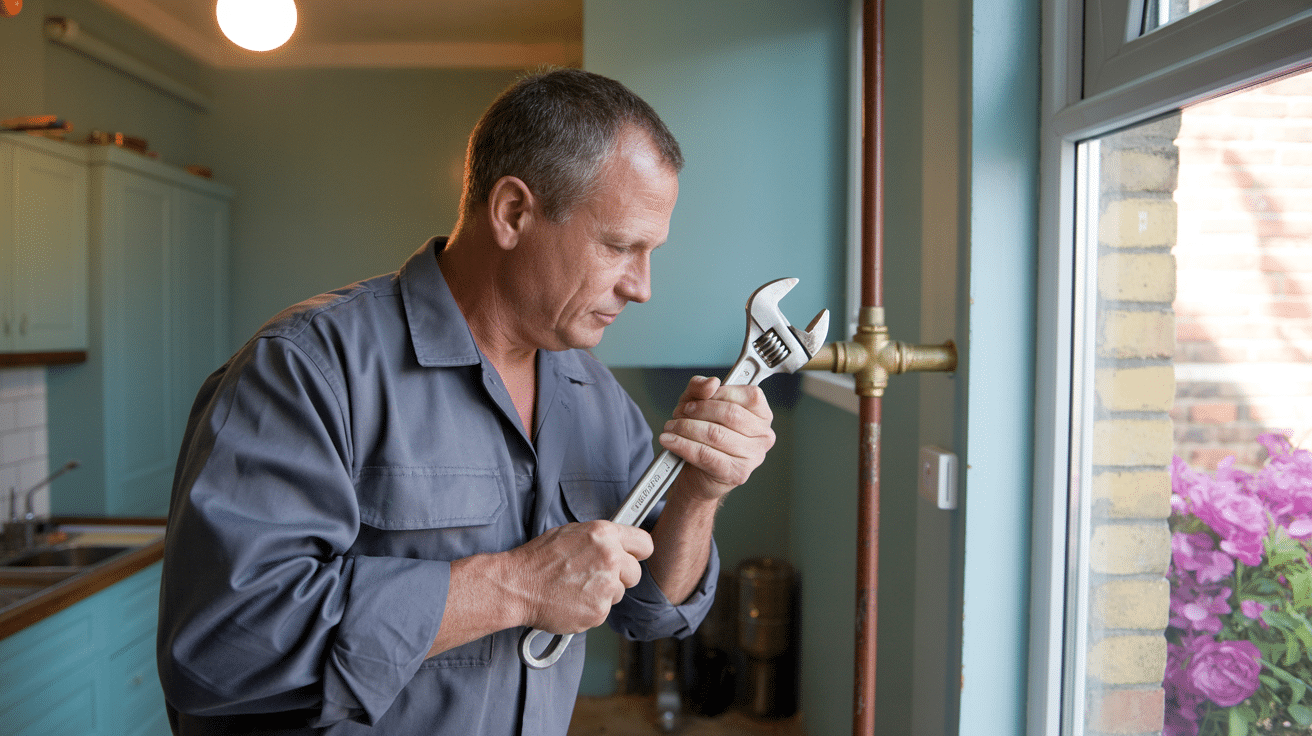
The headlines say, “heat pumps save hundreds every year”, but the reality depends on the fit—and on realistic budgeting for upgrades not covered by standard grants.
Here’s a side-by-side snapshot:
| System | Instal Cost | Annual Running (Fuel) | Grant Offset (if eligible) |
|---|---|---|---|
| Heat Pump | £6,000–£12,000+ | £700–£900 | Up to £7,500 (BUS, 2024) |
| Gas Boiler | £2,000–£3,500 | £950–£1,200 | Minimal (ECO4 for targets) |
Households who pair a heat pump with proper insulation and smart tariffs can save £250–£450 per year (Energy Saving Trust 2023). But those numbers collapse if you skip radiator or pipe upgrades, or your property leaks heat faster than the system can deliver it.
Real cost savings last a decade or more—and always start with a survey that tells you the truth, not what the grant team wants to hear.
Gas boilers are still ahead on upfront spend and installation time. But with fuel costs and carbon regulation tightening, every new boiler is a bet on future market volatility. The rules for property lettings and EPC ratings are only getting tougher: from 2025, many homes risk being unsaleable or unlettable without an EPC “C” rating or proof of adaptability.
Winning Combinations: Solar PV or battery add-ons mean heat pumps outperform boilers even further—but only in homes that have the right insulation, pipework, and room-by-room tuning to actually use that cheap/self-generated electricity.
How Do Tariffs and Upgrades Change the Equation?
Successful heat pump owners tend to:
- Pair upgrades with available grants (BUS, ECO4, or local utility schemes).
- Add solar PV, boosting self-use and lowering daytime running costs.
- Invest in battery storage to tap cheap overnight electricity or “catch” PV generation for later use.
- Switch onto a specialist “heat pump” or flexible tariff.
- Keep paperwork airtight—MCS certificates for grants, benchmark for boilers, and smart control integration for best performance.
A heat pump won’t magically make a leaky home efficient, nor will a cut-rate boiler dodge market and compliance risks forever. But a system-matched upgrade, reviewed annually and with smart controls, gives you running cost certainty—and makes you ready for every compliance check or sale.
What Makes a Proper Heating Upgrade Actually Work—And Not Just Sell?
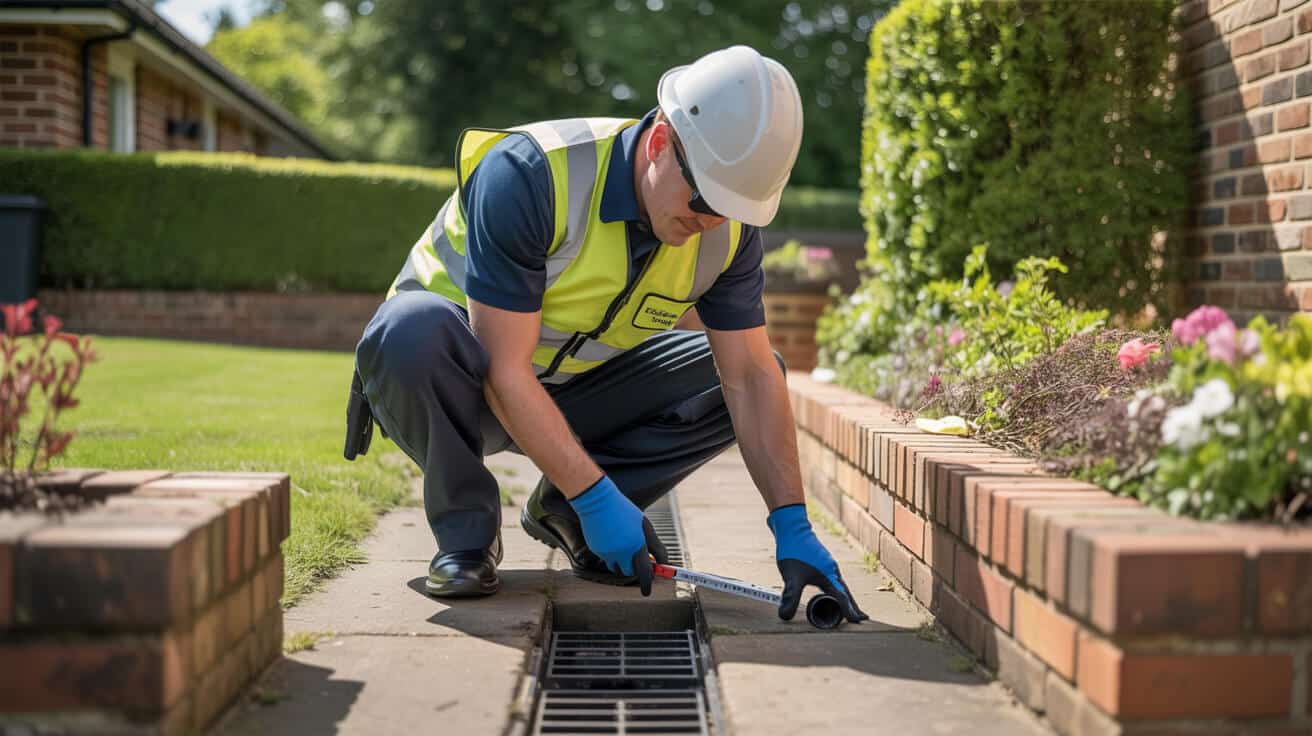
So many installations fail not because of the kit, but because engineers skip the steps that unlock lasting savings and comfort.
A genuine upgrade means:
- Room-by-room thermal survey: (with real pressure and flow measurements—not a “gentleman’s eye”).
- Pipe and radiator checks: , with detailed logs for system upgrades and high-pressure zones.
- Insulation and building-fabric audit: , including window/door testing for leaky frames.
- Compliance mapping: Not just current regs (MEES, EPC), but future-proofing for grants and anticipated rule changes.
- Line-by-line, transparent quote: , down to every valve and fitting, not a lump-sum price to hide shortcuts.
- Scheduling that minimises disruption: —timing works to fit your property and life (or tenants).
- End-to-end digital paperwork: MCS for heat pumps, Gas Safe/Benchmark for boilers.
- Future-proofed handover: Clear records for letting, resale, or any inspector/regulator who asks down the line.
The only upgrades that pay back are those that prove themselves on survey, on paperwork, and in your bills for years—not ones that just pass the grant team’s 10-minute check.
Plumbers 4U engineers not only instal, they explain and log every step. Your ownership journey doesn’t end at “job done”—annual compliance reminders, aftercare, and audit-ready logs are all built in.
Where Do Most Property Owners and Contractors Get It Wrong?
Common pitfalls that drain budgets and rack up future pain include:
- Skipping insulation or radiator upgrades, resulting in higher bills and cold rooms.
- Quick “box swap” jobs that ignore legacy pipework or insufficient power.
- Paperwork gaps that kill grants or create future compliance nightmares.
- Ignoring control systems—missing out on the 10–20% efficiency boost that comes from smart thermostats and zoning.
- Failing to communicate clearly with property owners, tenants, or managers about timing, aftercare, or regulatory implications.
The Plumbers 4U way is transparent quotes, staged upgrades, and digital-ready documentation for your compliance and letting journey. You get guided through every line and every decision, not upsold or left in the dark.
How Does a Compliance-First Heating Survey With Plumbers 4U Actually Work?
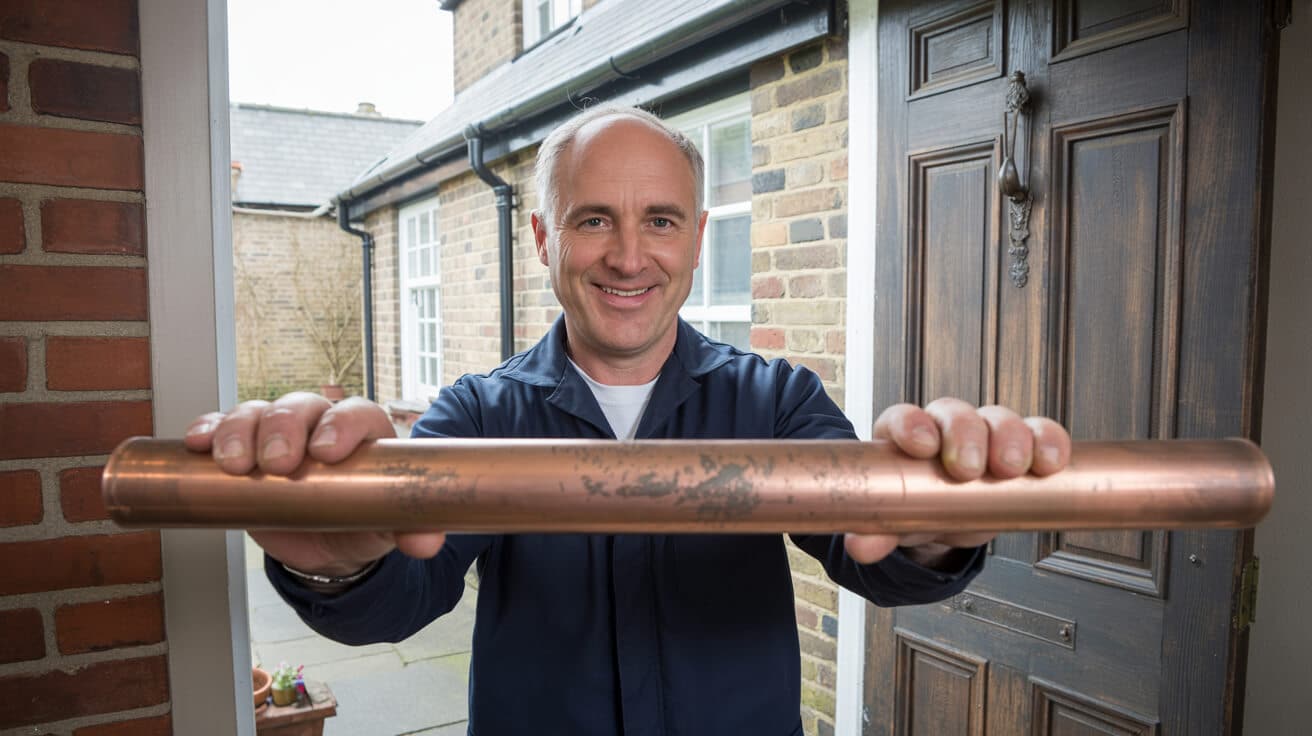
“Free quote” doesn’t mean much if you’re left with the wrong paperwork when the regs change or at resale. A true compliance-grade survey earns its keep for owners, landlords, and commercial decision-makers.
Plumbers 4U’s process:
- Digital/thermal scans: to map heat loss room-by-room, identifying weak spots and invisible leaks.
- Pipe and radiator checks: , benchmarking every feed for flow, size, and upgrade need.
- Fabric and insulation audit: , making sure your heating spend stays inside, not outside.
- Outdoor unit placement check: (for heat pumps), factoring in noise, access, and planning rules.
- Compliance mapping: MEES, EPC, G3, Gas Safe, CP12, and every acronym that matters for resale or letting.
- Transparent, itemised quote: sent with diagrams and clear timing windows.
For landlords or commercial property managers, you also get digital documentation, EPC improvement mapping, and logs ready for any letting agent, council, or grant provider—no missed certificates, no compliance gaps.
The most valuable upgrade is the one that stands up to any audit and keeps tenants, owners, and managers secure.
Every Plumbers 4U engineer is WRAS, Gas Safe, and MCS accredited—not just “installer certified.” They know how to talk you through decisions, regulations, and the real upgrades each property needs to meet tomorrow’s standards.
Ready for a Stepwise, Certified Upgrade? Plumbers 4U Makes Heating Work for You
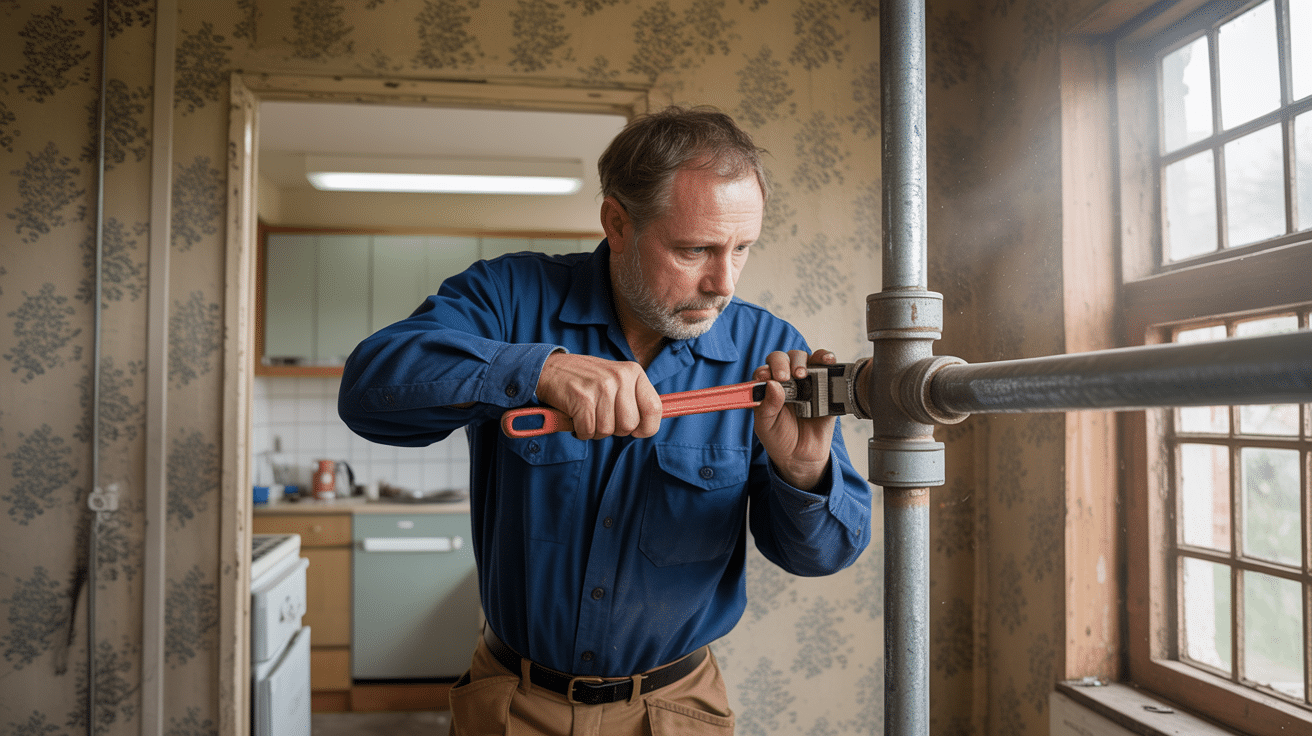
Heating upgrades aren’t about headlines—they’re about locking in comfort, compliance, and cost wins for the next decade or more. The right system is never off-the-shelf. It’s a system mapped to your space, budget, and future.
Plumbers 4U delivers:
- Certified, compliance-grade surveys: —transparent, independent, and detailed.
- Itemised, ROI-focused plans: —only the works that return value; nothing more.
- Aftercare built for compliance & letting: —from annual service to digital paperwork.
- Support that adapts with you: —from instal, through grants, rule changes, and market surprises.
The only heating upgrade that genuinely protects your property and reputation is the one designed for your building—explained, proven, and ready for any audit.
Book your survey with Plumbers 4U. Step beyond “boiler vs. heat pump” and get a plan for heating—and peace of mind—that works as hard as you do, year after year.
Frequently Asked Questions
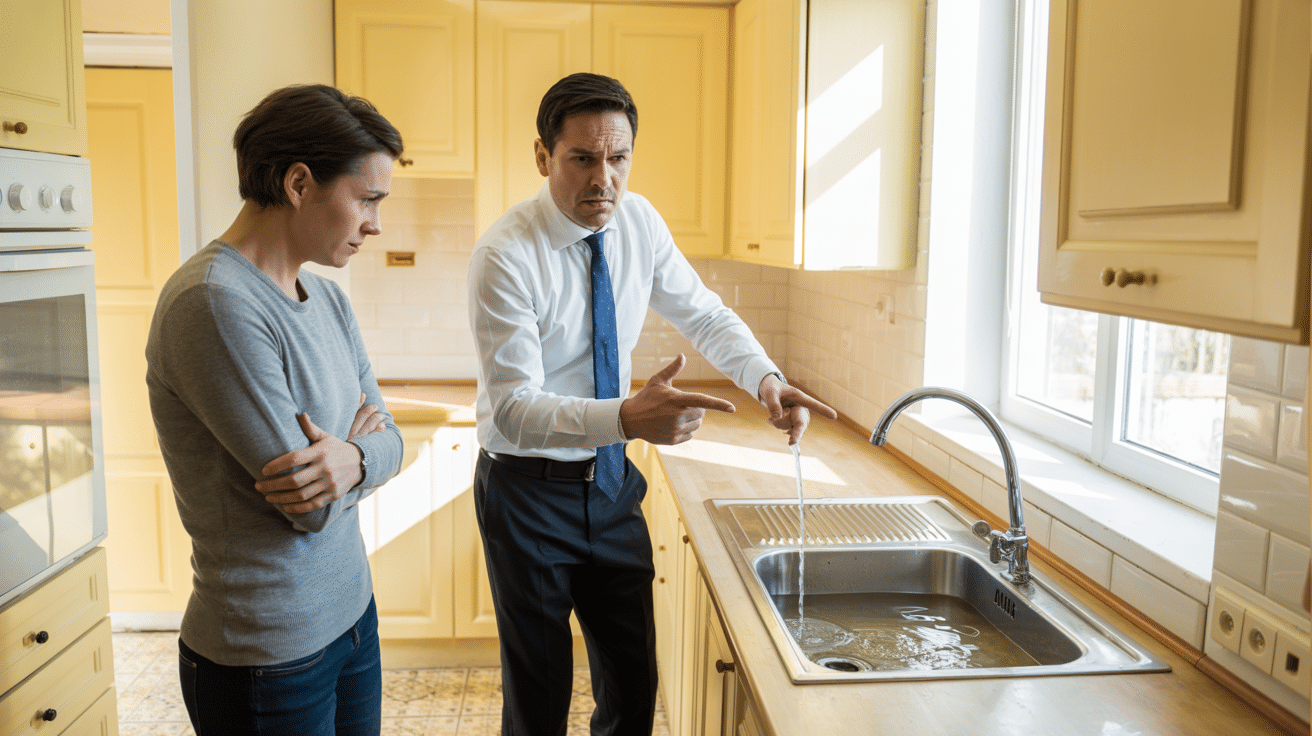
What hidden property details determine if a boiler or heat pump upgrade will actually save you money?
A heating upgrade will only pay off when your property’s bones—insulation, pipework, and radiator sizing—are up to the task. It’s not the brochure spec that decides your comfort or bills; it’s what’s going on in the floors, walls, and ceilings. Even in trendy renovations, skipping a proper system check leads to imports costs, cold rooms, and vanished grant opportunities.
Sometimes the biggest leak is in the planning, not the pipes.
Properties built before 2000, for example, often have hollow wall insulation gaps, tired single glazing, and microbore pipes that can choke a heat pump’s flow. Standard radiators sized for older boilers might underperform—especially if heat loss calculations aren’t done with modern software and local climate factored in. The catch? A designer’s “fit and forget” rarely works; Plumbers 4U builds a parts schedule tied to actual usage, not guesswork.
Where do upgrades typically underperform?
- Pipework undersized for low-temperature systems: microbore (8–10mm) can mean cold spots.
- Lack of zoning: without smart controls, you’re forced to heat empty spaces.
- Underinsulated roofs and walls: even the best gear wastes energy if the building leaks heat.
- Incomplete compliance: skipping WRAS/Part L standards can force costly redos if your council audits work.
Every Plumbers 4U survey starts with a full diagnostic—heat loss mapped room-by-room, radiators measured, piping traced, insulation checked. No skipped steps. That’s why your new system works as expected and why you avoid rogue costs, cold corners, or legal headaches.
Property Factors Table
| Detail | Upgrade Bottleneck? | Solution Route |
|---|---|---|
| Microbore piping | Yes, restricts flows | Upsize to 15mm+ copper |
| Single panel rads | Poor, under heat pump | Double/triple panel |
| Solid walls/unfilled | Major heat loss | Modern insulation added |
| No zoning/stat | Wastes energy in off rooms | Instal smart stat & heads |
| Poor cylinder siting | Hot water delays | Re-site, add insulation |
If you want the upgrade to live up to the hype, start with the systems you can’t see, not just the ones you can.
How will shifting regulations and new government grants influence your next heating investment?
Government grants and tighter efficiency laws will shape every heating or hot water upgrade until at least 2028. Miss a step—wrong installer, out-of-date EPC, poor insulation—and you lose out on thousands in funding.
The Boiler Upgrade Scheme (BUS) unlocks up to £7,500 for heat pump instals. But there’s a catch: it’s only available if the property has a recent EPC, enough insulation, and an MCS-certified installer (Plumbers 4U fits this standard). ECO4 grants, on the other hand, fund insulation boosts for low-income homes or landlords, but you must clear a means test. For lettings, MEES changes hitting from 2025 push all rental properties toward EPC C—older boilers will block new tenants or even sales.
WRAS and Part L/Part G regulation compliance is required for every upgrade—not just grant-linked instals. Your installer must document and register every part for legal sign-off. Fumble the paperwork, use non-accredited fitters, or let your EPC slide, and you’ll face delays, refusals, and unexpected bills.
A grant promised is only money in your pocket if the installer, insulation, and paperwork all line up.
Plumbers 4U eliminates the risk by combining survey, compliance check, and paperwork prep in every proposal. Regs and incentives shouldn’t be a gamble—they’re baked into your upgrade from the first site visit.
Grants & Compliance Snapshot
| Funding Type / Rule | Eligibility | Proof Required |
|---|---|---|
| BUS (£7,500) | Homeowner or landlord | EPC, MCS certificate, insulation |
| ECO4 | Low income or rental | Benefit proof, EPC |
| MEES 2025+ | All landlords | EPC C+, valid boiler/HP |
| WRAS/Part L/G | All upgrades | Product instal cert |
| Zero VAT on Upgrades | Until 2027, any instal | Invoice from certified firm |
Don’t leave five-figure funds or audit-passing to luck. A certified partner keeps every compliance and grant moving at pace—to completion, not confusion.
Which technical pitfalls derail most boiler-to-heat pump conversions?
Technical misfires usually come from two places: undersized infrastructure and “hope for the best” planning—never from the technology itself. Boilers can power through with old radiators and skinny pipes; heat pumps can’t. If you retrofit without real diagnostics, you risk colder rooms, drawn-out heat-up times, and bill shocks that never make it into marketing claims.
Cutting corners on diagnostics creates chaos you’ll feel in your wallet—and your toes.
Here’s where the costly mistakes sneak in:
- Old microbore pipework limits flow, throttling performance.
- Keeping legacy single-panel or small rads—they don’t have the surface for low-temp systems.
- Cylinder cupboards sized for combis may not fit a new, larger hot water store.
- Wiring or smart thermostat systems misaligned with new controls—zones won’t sync, rooms lag or overheat.
- Missing pipe lagging: with lower temperatures, every degree lost counts more.
Plumbers 4U starts each quote with a parts and pipework audit, a zoning mapping, and a cylinder volume check against your family or building pattern. This means your system isn’t just “installed”—it’s actually tailored to where you live and how you use hot water.
Top 5 Technical Oversights Table
| Issue | Causes Failure For… | Best-Practice Route |
|---|---|---|
| Small-bore piping | Heat pump conversions | Full or partial re-pipe/branch upsize |
| Undersized radiators | Heat pumps, cooling too | Double/triple panels + TRVs |
| Cylinder mismatch | Large families, HMOs | Larger, quicker-reheat stores |
| Control confusion | Complex multi-zones | Matched smart stats/valves |
| Pipe insulation | All property types | Wraps/lagging on long runs |
There’s no set and forget in major upgrades—get the bones right, or your comfort and cost will never match the promise.
Why do heating system running costs and comfort diverge between similar properties?
What makes two nearly identical homes—next door on the same street—end up with opposite energy bills and comfort after an upgrade? The difference isn’t the brand on the box; it’s the fit of the system to the people and the space.
Even a high-spec heat pump or A-rated boiler will waste energy if the radiators are mismatched, cylinders undersized, or the controls can’t handle your family’s rhythm. Similarly, bill savings will vaporise if the property leaks heat, is zoned badly, or if the system runs around the clock for nothing.
System design isn’t about the parts list—it’s about how your rooms and routines collide with the hardware.
Property owners are often shocked: one house hits all the efficiency claims, while another runs cold or eats up every saving in longer runtimes. Leaving controls in “factory mode” without personalisation is a classic miss—resulting in hot water delays, cold bedrooms, or wasted heat in empty zones.
Plumbers 4U focuses on diagnostics before quoting. Your survey isn’t just box-ticking—it contextualises everything: who uses which room, when, how often; how the property loses/gains heat; what historic repairs were done. This is the only way to lock in real savings instead of empty promises.
Cost Driver Table
| Factor | Impact On Costs | Comfort Impact |
|---|---|---|
| Insulation/Air-tight | Small upfront, big lifetime | |
| Radiator/cylinder fit | Lower bills, warm rooms | |
| Smart time controls | Heat only when needed | |
| Live usage mapping | Avoids oversizing/undersizing |
Don’t let untested assumptions flatten your savings. Smart diagnostics and mapping turn investment into daily performance you can feel.
How is safety and Legionella risk managed during a heating or hot water upgrade?
Switching from a boiler or combi to a heat pump cylinder involves strict safety protocols, especially around Legionella (the bacteria that thrives in warm, stagnant water). The law isn’t optional—unvented hot water cylinders now mandate G3-certified installation and annual checks. Temperatures must be set above 60°C at least once a week, and thermostatic mixing valves fitted everywhere to prevent scalding accidents.
Legal peace of mind is an engineered process—every fitting, log, and service check adds protection, not paperwork.
Family homes, rentals, and HMOs must also comply with WRAS and Part G standards: annual Legionella Risk Assessments, clear labelling, visible pipework, and documentation for every service. Miss these steps and you risk voided warranties, failed council audits, or—worse—danger to occupants.
Plumbers 4U’s aftercare scheduling and compliance logs are live from day one. From installation through annual surveys, you’re never left chasing paperwork or guessing about a part’s age or setting.
Safety Management Steps
- G3 certificate proof shown and stored (ask to see it—by law)
- TMVs (thermostatic mixing valves) tested annually at every outlet
- Cylinder temp checks logged on schedule
- Legionella risk survey performed yearly (especially on large/multi-user systems)
- WRAS/Part G compliance records held digitally and in your logbook
Nothing is assumed—Plumbers 4U turns duties into routines, not paperwork-induced surprises.
What are the lifelong benefits of partnering with Plumbers 4U for your heating upgrade?
Choosing a partner like Plumbers 4U delivers compounding returns long after the fitters pack up. Certified instals unlock future insurance claims, ease property sales, and guarantee grant eligibility. A live digital log covers every service, safety check, and warranty claim, making audits, EPCs, letting transitions, or resale simple instead of stressful.
Your system’s lifespan and value are determined by the installer’s standards—not just the price on the quote.
Future-proofing is built into every stage: when MEES tightening or grant rules shift, having paperwork on hand keeps you legal and ready. If the system is ever expanded—another zone, second heat pump, smart water technology—your original plans and parts spec are there to avoid head-scratching or “legacy guesswork.” Aftercare isn’t an upsell, it’s the backbone of your investment.
Plumbers 4U provides scheduled maintenance reminders, proactive compliance checks, and honest system mapping from the first visit. Whether you’re letting, selling, insuring, or simply living comfortably, this identity of excellence follows your property for years.
Lifetime Ownership Table
| Lasting Advantage | Delivered By Plumbers 4U | Why It Matters |
|---|---|---|
| Fully certified log | G3 & WRAS paperwork, grant log | Proof for buyers, insurers |
| Annual aftercare | Scheduled visits, key checks | Prevents faults, renews cover |
| Upgrade-ready system | Full mapping, doc archive | Simplifies future works |
| Audit readiness | Digital/printed logbooks | Effortless compliance |
Book your property’s audit and upgrade plan with Plumbers 4U today—build lasting value, safety, and comfort into your next heating or hot water investment.

